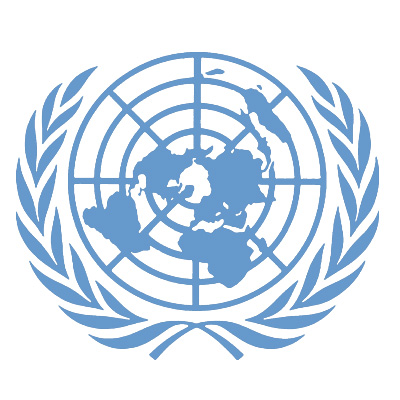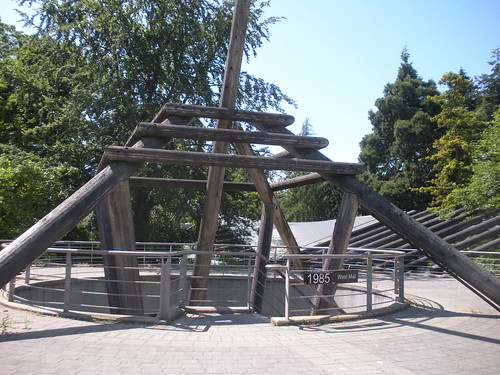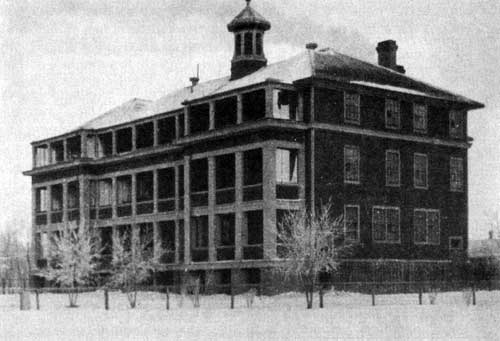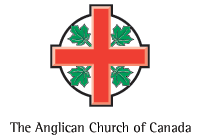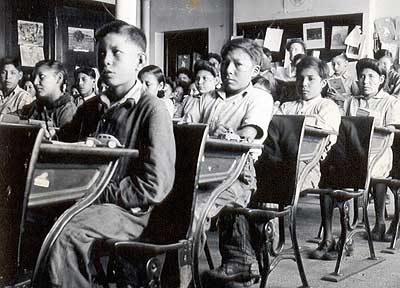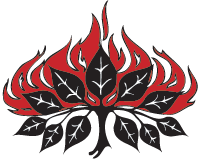The other local Indian Band that my school is located on is Whispering Pines/Clinton Indian Band. There is a quote on the front of their page that sets the tone for this group.
From our Ancestors
Since time immemorial our ancestors lived in harmony with mother earth. We took from mother what we needed to survive. We cared for and nurtured our lands. We defended our Traditional Territory from outside invaders Our Coyote Rock stands as a Sentry Guardian and Protecting our Territory.
This quote on their page suggests the connection to the land and strong spiritual beliefs.
This website is very different from the KIB’s sophisticated site. There website can be found here at:
In the section about the Pellt’ip’t people, it mentions the importance of the following symbols
- The Bear
- The Wolf
- The Eagle
- The Fish
- The Water
- The Pine Branch
There is also a section on the site that contains:
- News & Events – seems to be a focus on events for youth
- Opportunities – this contains regional development opportunities & tourism
- Sports and Rec. Centre – mostly rental and facility information
- Wildlife and Nature section – info on a nature trail and initiatives
It is quite obvious that the Pellt’iq’t don’t have the money and resources that the KIB have. They are in a more rural area and outside of the major city of Kamloops. This remoteness would impact their financial abilities.
Much like the KIB, they also have no map of territory and very little on their history on the web site. There is also no critical reflection on colonialism. But, this is about the only similarity between the two Indian Bands according to their websites.


